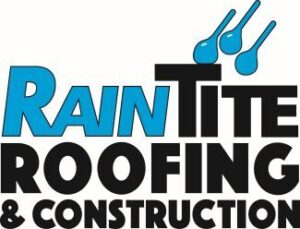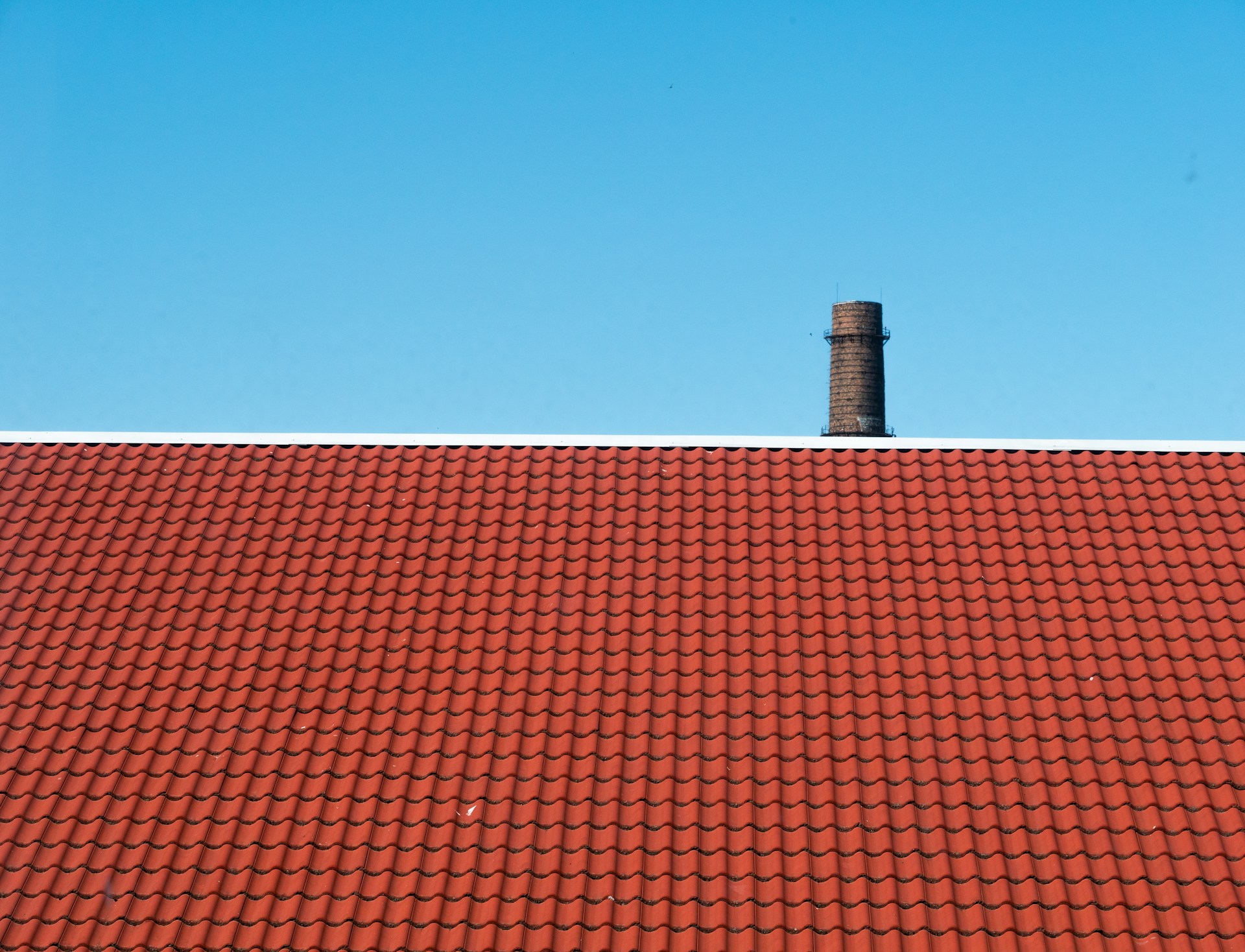With winter approaching, ensuring your roof is ready is a must for keeping your home warm and dry. Winter weather can be tough on roofs, causing damage if they aren’t prepared properly. By taking care of potential issues now, you can prevent expensive repairs down the road and protect your home.
Start by inspecting your roof for any damage. Look for loose or damaged shingles that may have been affected by previous weather. Addressing these issues helps your roof perform better when snow and ice arrive. A well-maintained roof will prevent leaks and insulation problems during the cold months.
Cleaning gutters and making sure your attic is well-insulated are also crucial steps. Blocked gutters can lead to ice dams, which might cause damage to both your roof and interior walls. Insulation and proper ventilation keep your home cozy and help prevent moisture buildup in the attic. Taking proactive measures will ensure your roof withstands the winter and keeps your home safe.
Inspect and Repair Roof Damage
Preparing your roof for winter begins with a thorough inspection to spot and fix any issues that could worsen with harsh weather. Common roof problems include loose or damaged shingles, leaks, and weakened areas that need immediate attention. Identifying these problems early can prevent bigger headaches down the line.
Check for loose or damaged shingles by looking for any missing pieces or irregular patterns on your roof. Damaged shingles often have cracked or curled edges, which can lead to leaks. Use binoculars for a closer look if you prefer to keep both feet on the ground. Inside, check the attic for water stains or daylight peeking through the roof boards, as these signs often indicate trouble.
Repairing or replacing problematic areas is essential to secure your home against winter elements. If you identify a few loose shingles, you can often reattach them with roofing cement. For replacement, gently lift the damaged shingle, remove the nails, and slide a new one into place, ensuring it aligns with its neighbors. It’s always a good idea to keep some additional shingles on hand in case of unexpected repairs.
Clean and Clear Gutters
Cleaning and clearing your gutters is vital for the colder months ahead. Clogged gutters cause water to back up, leading to potential ice dams and roof damage. Keeping them debris-free ensures that water flows correctly and helps prevent any winter mishaps.
Follow these steps to effectively clear debris from your gutters:
1. Gather Your Tools: You’ll need a sturdy ladder, gloves, a trowel, and a bucket or tarp for debris.
2. Secure Ladder: Ensure your ladder is stable before climbing. It’s safer to have someone hold it while you work.
3. Remove Debris: Use a trowel to scoop leaves, twigs, and other debris from the gutter. Drop the waste into your bucket or tarp.
4. Flush the Gutters: Use a garden hose to flush out remaining dirt. This also checks if water flows properly through the downspouts.
5. Inspect Downspouts: Ensure downspouts are clear by flushing water through them. Adjust or repair any disconnected or damaged sections.
Proper drainage prevents ice dam formation, a common winter problem where melted snow refreezes at the roof’s edge, causing water to seep under shingles. By maintaining clean gutters, you reduce the risk of such issues and enhance your roof’s durability during winter.
Insulate and Ventilate Properly
Proper insulation and ventilation are vital for keeping your roof in good shape, especially during winter. Insulation in the attic helps regulate your home’s temperature. This prevents heat from escaping through the roof, which can lead to snow melting and refreezing, causing ice dams. A well-insulated attic keeps your home warm and reduces the risk of unnecessary roof strain.
There are clear benefits to having adequate insulation. It helps lower heating bills and makes your home more energy-efficient. It also keeps moisture levels in check, reducing the risk of mold growth. When ironing out insulation issues, be sure to look for areas where insulation is thin or missing altogether.
Poor ventilation is another problem that can affect your roof’s health. Signs include high indoor humidity, mold in the attic, and icicles on the eaves. To improve ventilation, ensure that vents are free from obstructions. Installing additional vents might be necessary to increase airflow. This will keep your attic dry and your roof in tip-top condition throughout the cold season.
Prepare for Snow and Ice
Managing snow and ice buildup is crucial for roof protection in winter. Snow accumulation can add extra weight to your roof, potentially leading to damage or even collapse. To address this, it’s important to implement strategies that help alleviate the load and ensure your roof remains secure.
One effective approach is regular snow removal. However, safety first! Use a roof rake with an extended handle to clear snow without climbing up. Take care around the edges and don’t chip away at ice as this can harm roofing materials. For heavy snowfall, hiring a professional is the safest option to prevent accidents.
Several tools and products can help maintain roof safety during winter. Heated cables can prevent ice dams by melting snow before it refreezes. Snow guards are useful for controlling snow slides, reducing the risk of sudden snow falls. Anti-icing products can be applied to prevent ice buildup when temperatures drop.
Conclusion
Preparing your roof for winter is a task no homeowner should ignore. By understanding how insulation and ventilation protect your roof, you can make sure your attic is properly equipped to handle the seasonal changes. Preventing snow and ice accumulation preserves roof integrity, prolonging its life and saving you from costly repairs.
RainTite Roofing & Construction, the best local roofing company, is here to help with all your winter roofing needs. Our team offers expertise in assessing and upgrading roof systems to withstand harsh weather conditions. Don’t wait for problems to find you—get in touch with RainTite now to ensure your home remains safe and secure all winter long.

